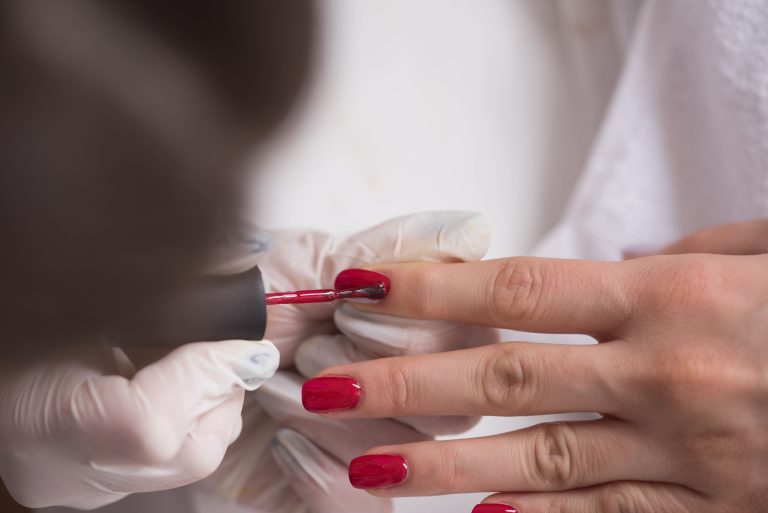The 2025-2026 US college admissions cycle is marked by several significant changes that are reshaping the landscape for prospective students. These shifts include the return of standardized testing, new early application trends, and creative enrollment strategies by universities. The Return of Standardized Testing Many prestigious universities are reinstating standardized test requirements after a period of …
Navigating the 2025-2026 US College Admissions Cycle

The 2025-2026 US college admissions cycle is marked by several significant changes that are reshaping the landscape for prospective students. These shifts include the return of standardized testing, new early application trends, and creative enrollment strategies by universities.
The Return of Standardized Testing
Many prestigious universities are reinstating standardized test requirements after a period of test-optional policies. This reversal is largely due to new data showing the predictive power of tests and a lack of discrimination. Harvard, Yale, Brown, and Dartmouth will require tests again for Fall 2025, while Cornell will follow suit in Fall 2026. Other major institutions like MIT, Georgetown, and the University of Texas at Austin have also reinstated testing requirements.
Early Application and Admissions Strategies
The data on early applications shows a notable trend: schools that remain test-optional, such as the University of Pennsylvania and Notre Dame, have seen a surge in applications. Conversely, institutions that have brought back testing, like Brown and Yale, have experienced declines in early applications.
Universities are also adopting new strategies to manage enrollment, including the use of alternate campuses and waitlists. For instance, the University of Michigan waitlisted over 24,804 students but only admitted 973, a mere 3.9% of those on the waitlist. Some schools, like Northeastern University and Purdue, are directing students to alternate campuses to manage housing shortages and enrollment numbers.
The Supreme Court’s 2023 ban on race-conscious admissions has also led to demographic shifts in early application pools, with a 19% increase in first-generation applicants and a 16% rise in underrepresented minority applicants.
Do you have any specific questions about the trends I’ve just summarized, or would you like to know more about the new Early Decision programs at the University of Michigan and USC?







